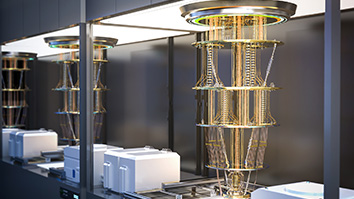Citation
Uckun, S.; Kurtoglu, T.; Bunus, P.; Tumer, I.; Hoyle, C.; Musliner, D. Model-based systems engineering for the design and development of complex aerospace systems. SAE Aerotech Congress and Exposition 2011; 2011 October 18-21; Toulouse, France.
Abstract
The complexity of modern aerospace vehicles is growing constantly. New technologies create opportunities for higher levels of integration. Modern vehicles contain a larger number of components that interact with each other in non-linear and often unpredictable ways. Unintended interactions lead to unexpected behaviors and consequences, some of which have proven to be catastrophic. A key technical challenge in developing such complex systems is to ensure that catastrophic subsystem and component interactions are well understood and contained prior to full-scale development. To address these challenges, The U.S. Defense Advanced Research Projects Agency (DARPA) is investing in novel methods for design and verification of complex systems. The META program is specifically aimed at compressing the product development and deployment timeline of complex defense systems through model-based design and manufacturing. Using the META design paradigm, different component model libraries can be used to instantiate, analyze, and verify a system design independent of its physical manifestation. The goal is to establish a correct-by-construction design prior to detailed design and prototyping. This paper presents a model-based system-engineering framework that was developed as part of the META program. This framework enables architectural synthesis and analysis of complex systems during the conceptual design phase. Using this framework, design teams can systematically explore architectural design decisions during the early stage of system development prior to the selection of specific components. The analysis performed at this earliest stage of design facilitates the development of more robust and reliable system architectures. In this paper, we describe the proposed framework and present the application of its use to the design of a representative aerospace electrical power system (EPS).


